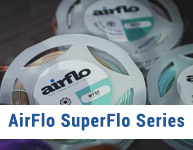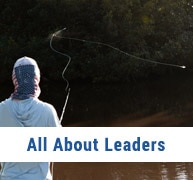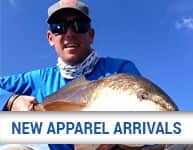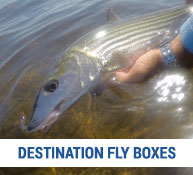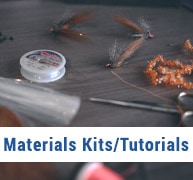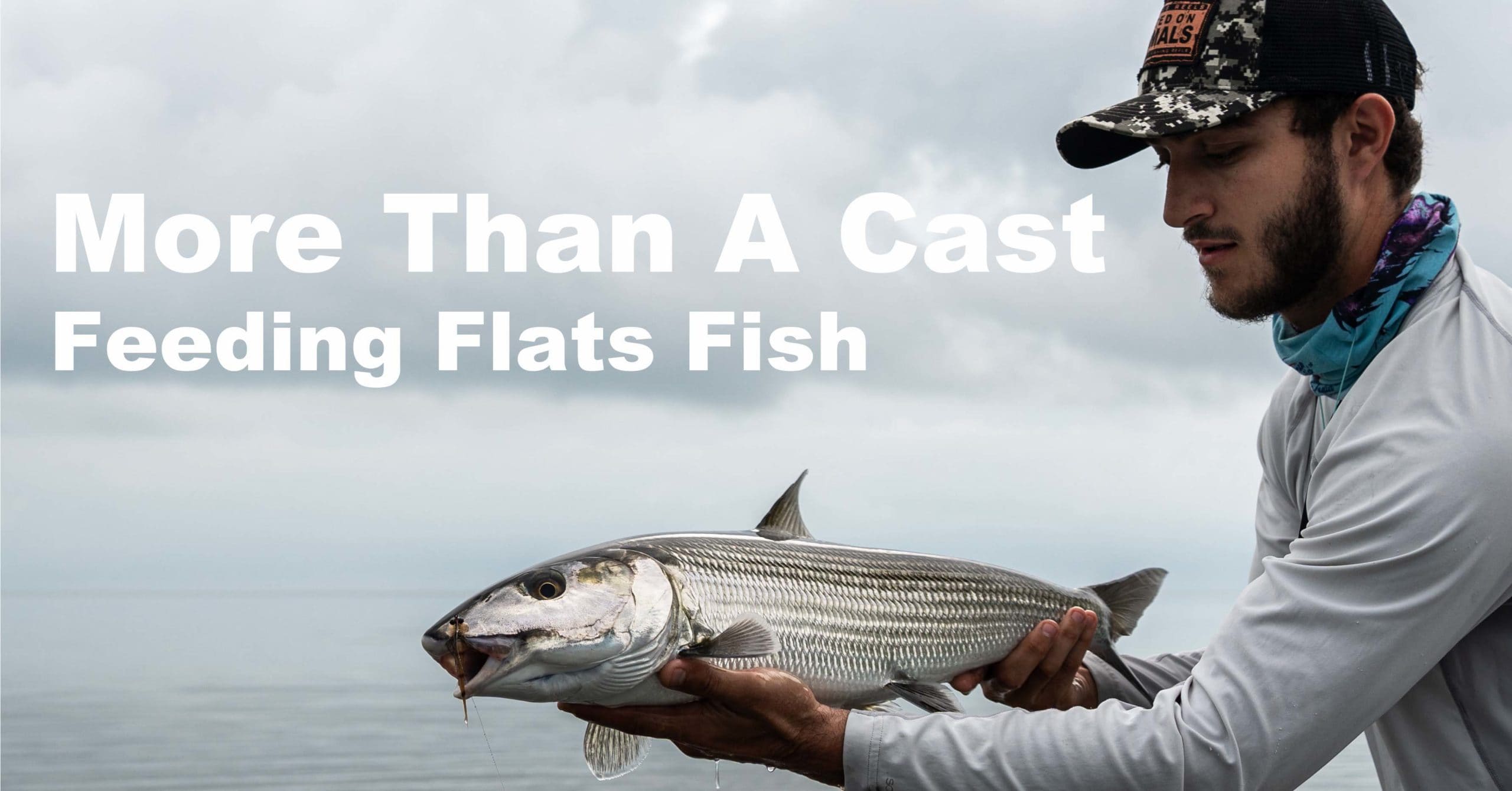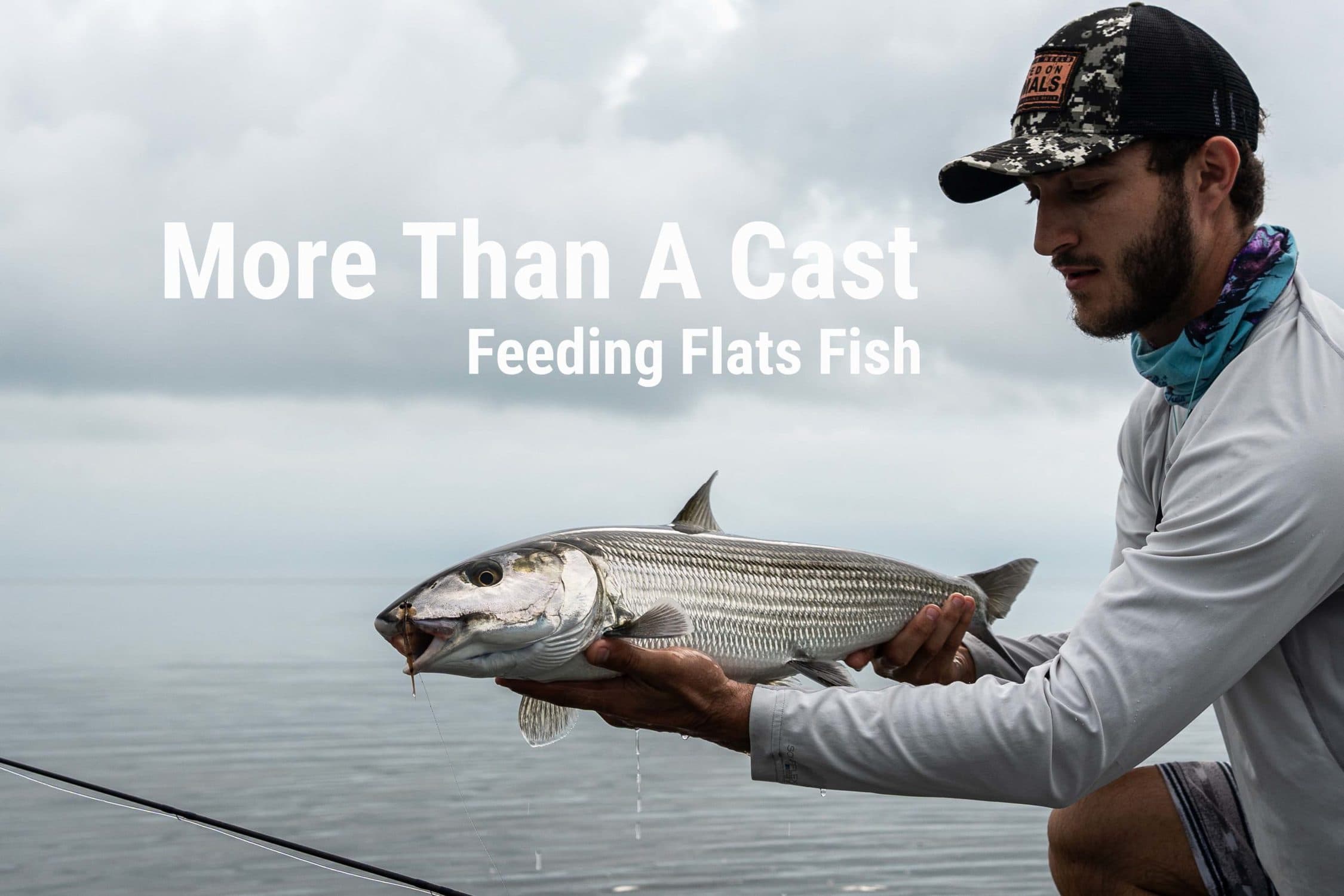
This writing is a slight follow up to “Sight Fishing Between The Ears“. After you’ve dialed in spotting fish and reacting with the cast.. now you have to get the fish to eat.
The thrilling visual excitement of watching bonefish, tarpon, and permit tracking a fly and then committing to it – knowing that you have fooled them with something you just whipped up on the vise – is the pinnacle of saltwater fly fishing.
Here are a few key concepts to help you get more flats fish to commit to your fly.
Eyes on the fish
Your odds will astronomically improve if you are able to see the fish and how it is reacting. By seeing the fish, I mean really seeing how the fish is moving.
You have to know where the fish are in the water. Whether they’re high in the water, or down on the bottom, will completely change the way you are going to move or not move your fly.
Watching the fish also lets you know the exact moment when that fish fully commits. Although seeing the actual eat can be difficult, deciphering when the fish has committed will tell you the eat is coming so make sure you don’t have slack in your line or leader.
Train yourself to learn when a fish has committed. The way a saltwater fish’s demeanor changes when it’s about to go in for the kill is the most spectacular visual aspect to fly fishing. Fins go erect and body language intensifies (they “light up”). The fish will go from cattle to wolves: from happily grazing around to purposefully hunting with every movement precise and calculated.
The eat itself usually involves pec fins out for stability, a rigid body, and a flare of the gills. Tarpon will sometimes eat and turn showing you a great flash of silver.
Know where your fly is
I can’t stress this enough. After the fish sees the fly you’ll need to read the fish to know how to react, but if you don’t know where your fly is your judgement of how to react will be totally off basis.
Train yourself to watch where the fly drops and to get a feel for where it is after you’ve imparted some kind of action on it. Often in flats fishing, you don’t need to make as long or hard a strip as you think to make the fly alluring.
Seeing the fly itself is easier with a chartreuse tarpon toad than it is with a natural bonefish or permit bug on the bottom. Until you’ve really dialed in knowing where your fly is at all times, using the end of your opaque fly line and estimating your leader length ahead of it is a good handicap.
These two tips above go hand in hand in that they’re about your ability to see (although sometimes knowing where your fly is more of a feeling, hard to explain but the more you do it the more you’ll get it).
So in terms of improving your vision, and I know you have heard it many times before, but invest in a good pair of polarized glasses and make sure they fit your face properly. Getting a hat that fits properly with the glasses on is also crucial and dark under-brims help cut reflection on the water’s surface.

We hope these small tips help you have more success on the flats.
As always if you have any questions about fly fishing or fly tying, please feel free to reach out via live chat, Instagram, or give the shop a call anytime.

